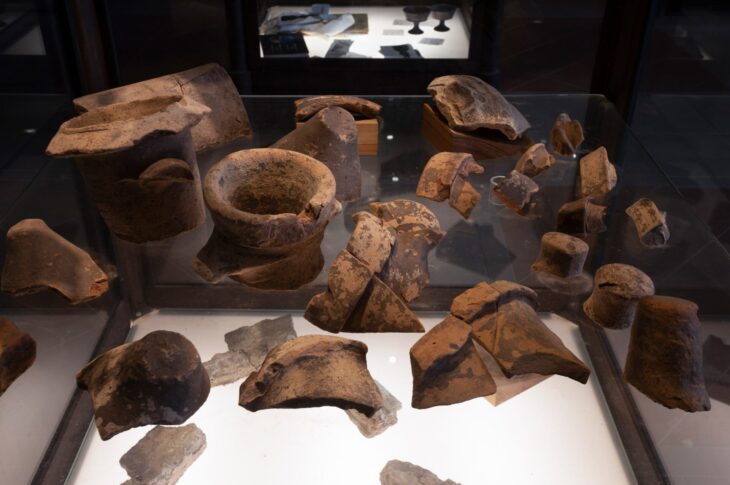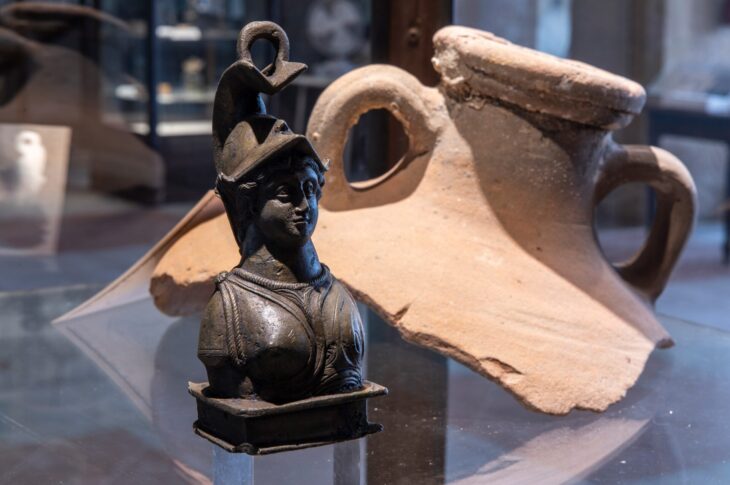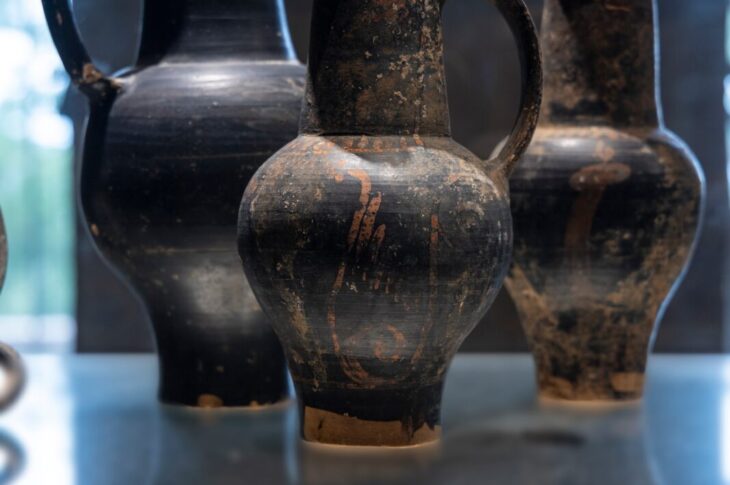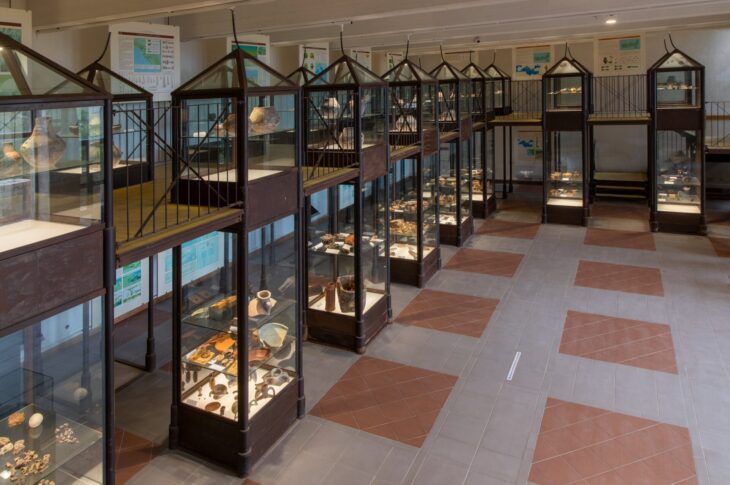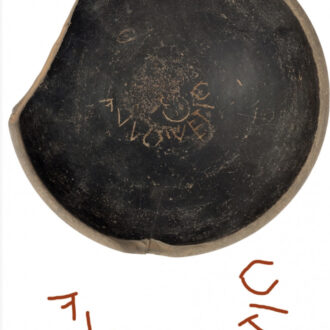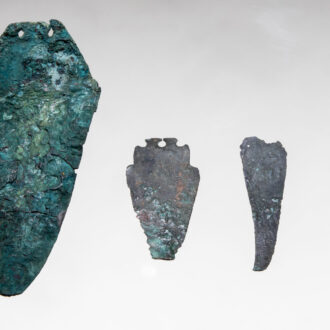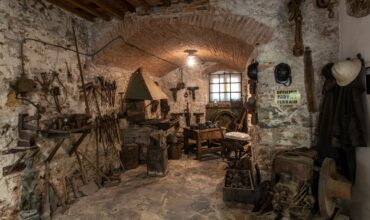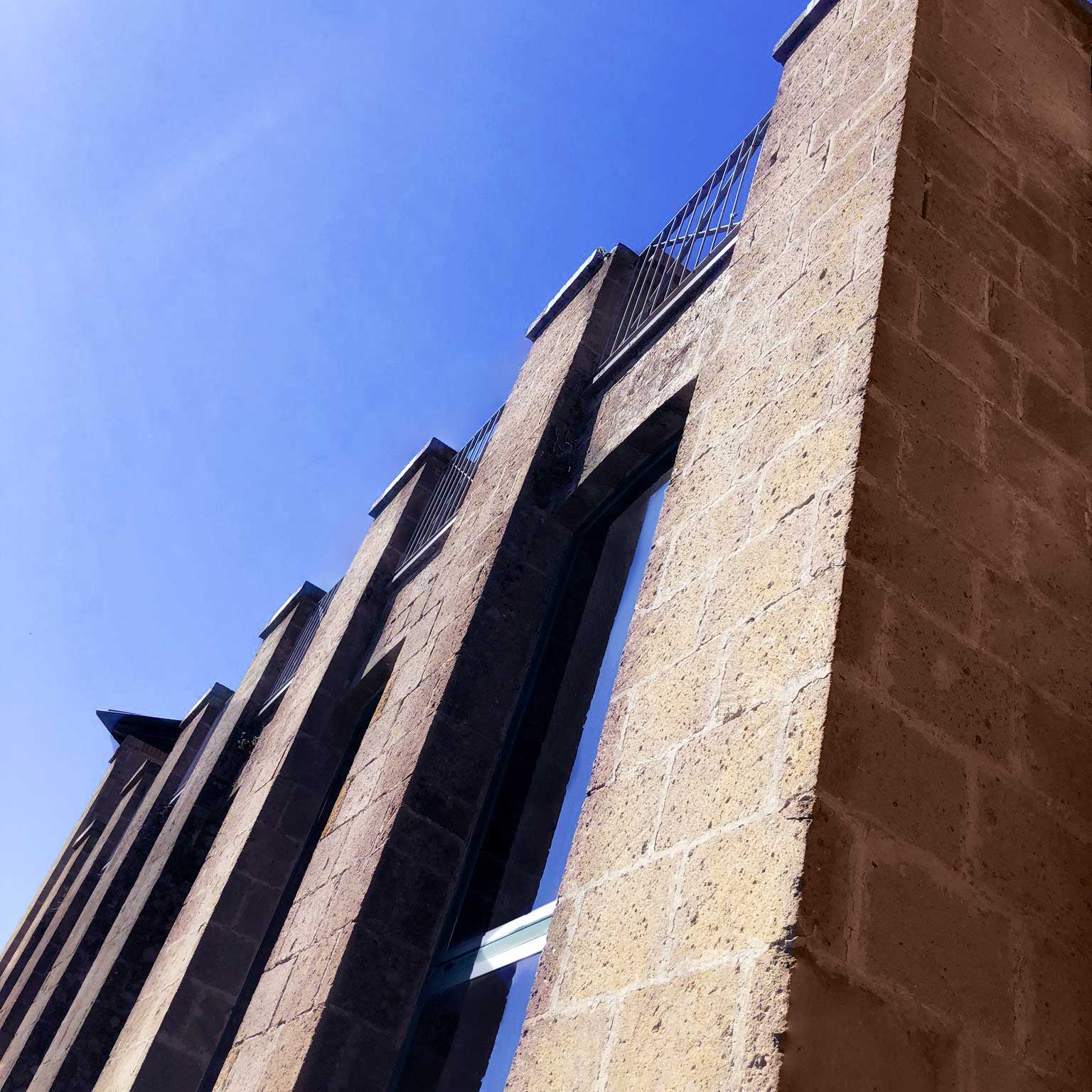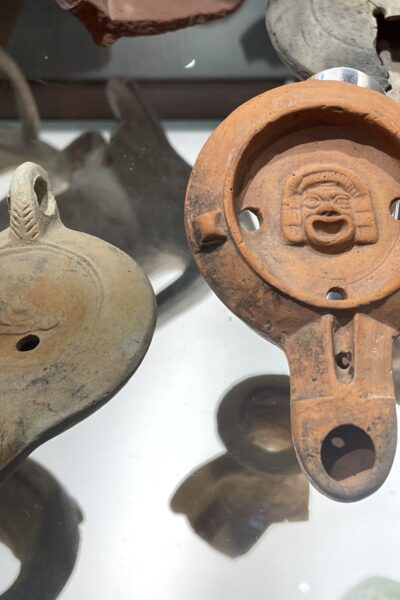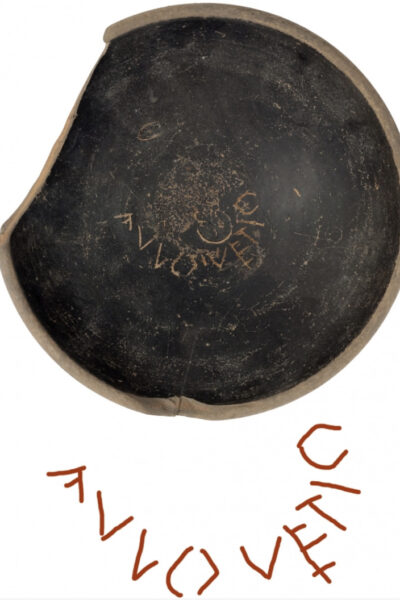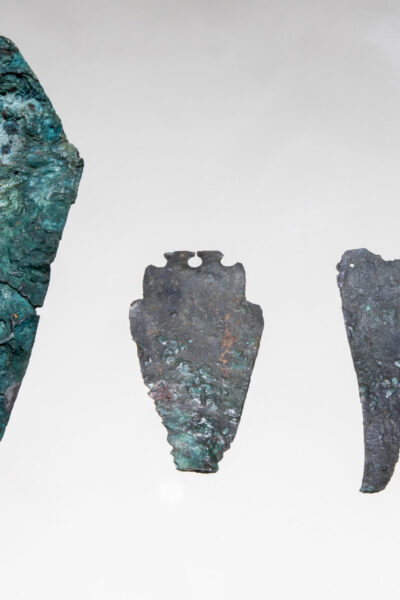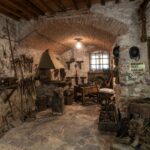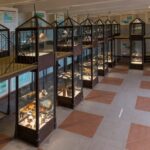Museums
Archaeological Museum of the Mining District
Orari
Open from 1 June:
- 10.30 - 12.30 and 18.00 - 22.30 (monday closed)
- From 7 September: 9.30-12.30 e 16.00-19.30 (monday closed)
Dove
Piazza Giuseppe Mazzini, 57038, Rio Elba, Comune di Rio (LI)
Contatti
www.parcominelba.it
0565 962088
The Archaeological Museum of the Mining District is located in Rio nell'Elba in a modern building under the evocative Barcocaio terrace, whose name derives from the word “barcochi,” meaning apricot trees in local dialect. The museum tells the story of the mining district on the eastern side of Elba from its origins in the Copper Age through to the Middle Ages. The Archaeological Museum of the Mining District is, together with the Mining Museum, the cultural and educational heart of the Elba Mining Park.
The collection
Visitors to the Archaeological Museum of the Mining District can view Eneolithic finds (from the late 3rd and early 2nd millennium BC.) excavated from the 90 or so tombs found in the collective burial ground of the Grotta di San Giuseppe. The exhibits are divided by type and include flask-shaped vases with one or two handles, vases with biconical, ovoid and ellipsoidal bodies, bowls and cups with raised handles, arrowheads made of imported flint, local jasper and bone, and flat-bladed copper daggers containing a high presence of arsenic. The excavation of these burial grounds has allowed us to understand the social dynamics of this period, linked to surface copper mining, agriculture and sheep farming. The small social groups and the selection of protected burial grounds, presumably associated with nearby settlements, suggests a high level of internal conflict, which was potentially also fuelled by widespread general well-being.
Stories of ancient populations and mines come together in the centre of the characteristic village of Rio Elba, the perfect location to set off on adventures to discover the area!
The exhibition also includes a number of finds from San Bennato, near the hamlet of Cavo. This mining facility, located near the beach, had a key role in the exploitation of mineral resources that had its heyday in the Republican age, from the first half of the second century BC to the early first century BC. Excavations here have uncovered the remains of furnaces, tubs and canals for washing the ore, which it is assumed were part of the production system which supported the Roman expansionist effort on the eve of the 2nd Punic War.
The Elba mining district was charged with extracting and completing the first reduction of the ore, then sending the semi-finished products to inland Etruria, where the weapons which defeated Hannibal and conquered the entire Mediterranean were forged.
The Museum also hosts materials from the Bronze Age and the early Iron Age from the Raffaello Foresi collection and some Etruscan and Greek artefacts from the Buraccio necropolis. A peculiar characteristic of Elba is the length of time such historical artefacts were in use, linked both to the exploitation of territorial resources, and to the need to defend and rule a highly sought-after territory.
The underwater Roman finds at Cavo and Porto Azzurro bear witness to the importance of the routes that connected the mining district to the rest of the island (movement of goods and raw minerals for smelting in the plants) and to the continent (trade in agricultural products and semi-finished iron products).
Later, from the middle of the 1st century B.C., Elba and the other islands of the Archipelago became home to luxury residences for wealthy Romans. One of Elba’s three surviving maritime villas can be found at Capo Castello, the north-eastern tip of the island and the closest place to the mainland. The ruins, which were mentioned in antiquarian literature between the eighteenth and nineteenth centuries, are now hidden between the vegetation and modern buildings, but the Museum’s itinerary provides an up-to-date description of the recent excavations and the artefacts recovered.
The resumption of iron mining took place in the Middle Ages under the control of the Republic of Pisa, when the villages of Rio and Grassera were built near the mining area. The latter, destroyed in 1534 by a raid by the pirate Barbarossa and subsequently abandoned, has been the subject of recent archaeological research. Excavations have provided us with precious insights into the realities of living next to metallurgy workshops.
Exhibits from Grassera, the abandoned village, conclude the museum tour, but the story continues in the village of Rio, which welcomed the survivors from Grassera’s terrible pirate raid.
La sede
The Archaeological Museum of the Mining District
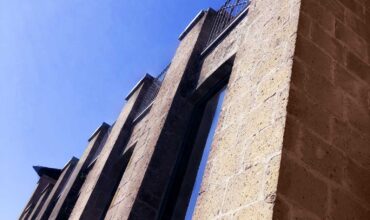 The Archaeological Museum of the Mining District is located in Rio nell'Elba in a modern ... Info
The Archaeological Museum of the Mining District is located in Rio nell'Elba in a modern ... Info
Info
Tickets
Full € 7.00
Reduced € 5.00 (from 4 to 12 years)
Combined ticket (Archaeological Museum and Mining Museum)
Full € 9.00
Ridotto € 6,00 (children)
Servizi
Guided tours bookable in Italian and English.
Accessibilità
The museum is partially accessible to people with disabilities.
Audio guides are available for children and adults, in Italian and English.
How to get there
The Museum is located in the center of the town, under the panoramic terrace of the Barcocaio, which can be reached by descending from Piazza del Popolo to the left.
To Learn More
Bibliography
- Alderighi L., et alii 2103, Elba centroorientale: gli insediamenti antichi di Monte Moncione e Cima del Monte, in Notiziario della Soprintendenza per i Beni Archeologici della Toscana, Firenze, pp. 67-83.
- Cambi F., Cavari F., Mascione C., 2009, Materiali da costruzione e produzione del ferro. Studi sull’economia populoniese fra periodo etrusco e romanizzazione, Bari.
- Cambi F., Corretti A., Pagliantini L., c.d.s., AITHALE. Per una ripresa della ricerca archeologica all’isola d’Elba, in “Atti del XXVIII Convegno di Studi Etruschi ed Italici”, (Bastia-Aleria-Piombino-Populonia 2011).
- Cocchi Genick et alii 1996 = Cocchi Genik D., Grifoni Cremonesi R., Negroni Catacchio N., Perazzi P., Sarti L. 1996, Eneolitico, in Martini F., Sarti L., Pallecchi P. (eds.), La ceramica preistorica in Toscana, Firenze, 48-66.
- Grifoni Cremonesi R. 2001 (ed.), La Grotta San Giuseppe all’Isola d’Elba e l’eneolitico inToscana, Origines, Istituto Italiano di Preistoria e Protostoria, Firenze.
- Pagliantini L., 2019, Aithale, l’Isola d’Elba. Territorio, paesaggi, risorse, Bari.
- Zecchini M. 1968c, Lo sfruttamento minerario dall’Eneolitico all’Età del Ferro e la problematica dei tempi protostorici all’Isola d’Elba, ArchAntrEtn, XCVIII, 199-206.

